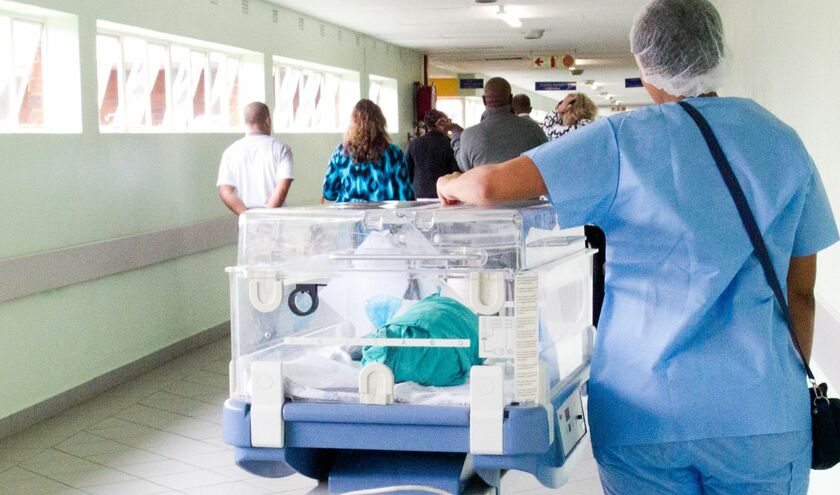A BBC Newsnight investigation found at least 36 hospitals had adopted the Continuous Flow Model in which patients are sent from A&E to wards and other areas even if they are full in order to improve ambulance waiting times.
Norfolk and Norwich University Hospital (NNUH) was one of the early adopters of the model.
NNUH chief executive, Professor Lesley Dwyer, said: 'We are committed to reducing ambulance delays outside our hospital, which we know is saving lives by improving 999 response times by freeing up ambulances quicker to get to patients in our community.
'Our model of patient flow helps us do that, and ensures patients are treated inside the hospital, where they can access full clinical support.'
Prof Dwyer acknowledged placing patients outside usual practice areas during busy periods was 'difficult' for patients, visitors and staff.
'We take care to ensure those treated outside of main ward areas are treated safely, and respectfully at all times,' she said.
The chief executive said the trust was 'making good progress with reducing the number of escalation beds and ensuring more beds are available in the community, as well as expanding the virtual wards service' and 'working hard to get a higher proportion of patients home before noon when they are ready for discharge'.
The percentage of discharges before midday increased from 11% in September 2023 to 21% in April 2024.
As of May 2024, NNUH had more than 150 patients who did not require an acute hospital bed, equivalent to four in-patient wards.
The use of corridor care has come in for strong criticism from patients and healthcare unions.
RCN chief nursing officer and deputy chief executive, Professor Nicola Ranger said: 'The new mantra in the NHS seems to be to spread the risk. Well, let's be clear spreading the risk doesn't solve it and it doesn't mitigate it, it just moves it. Sadly there are many stories of patients being looked after by nursing stations, in vending machine corridors and it's just not acceptable.'



